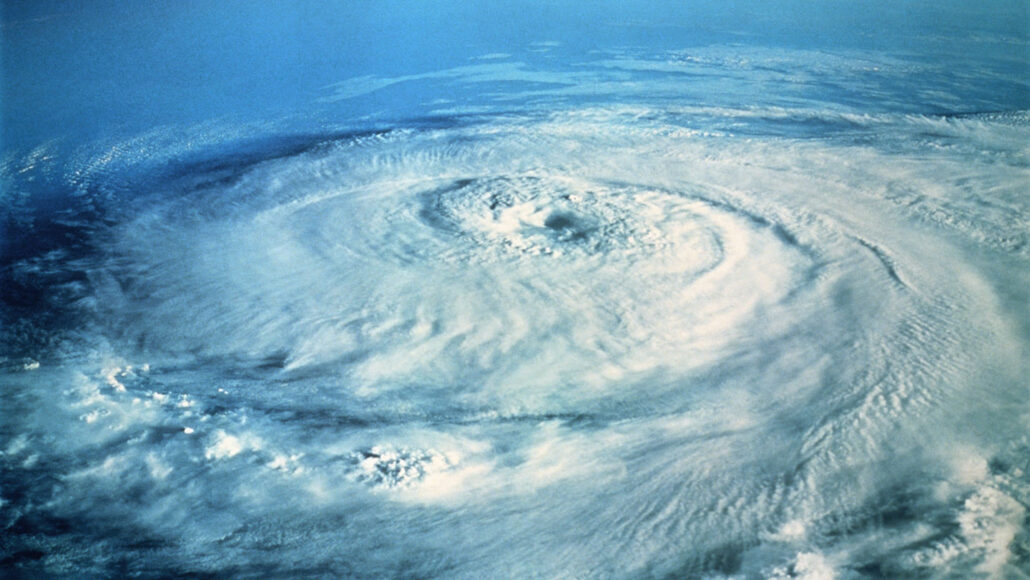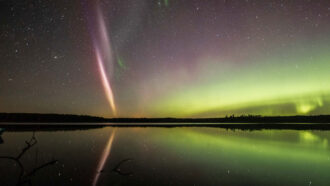current: A fluid — such as of water or air — that moves in a recognizable direction.
cyclone: A strong, rotating vortex, usually made of wind. Notable examples include a tornado or hurricane.
equator: An imaginary line around Earth that divides Earth into the Northern and Southern Hemispheres.
hurricane: A tropical cyclone that occurs in the Atlantic Ocean and has winds of 119 kilometers (74 miles) per hour or greater. When such a storm occurs in the Pacific Ocean, people refer to it as a typhoon.
planet: A large celestial object that orbits a star but unlike a star does not generate any visible light.
poles: (in Earth science and astronomy) The cold regions of the planet that exist farthest from the equator; the upper and lower ends of the virtual axis around which a celestial object rotates.
tropical cyclone: A strong, rotating storm. These usually form over tropical areas around the equator where the water is warm. Tropical cyclones have strong winds of more than 119 kilometers (74 miles) per hour and usually have heavy rain. Large ones in the Atlantic are known as hurricanes. Those in the Pacific are termed typhoons.
weather: Conditions in the atmosphere at a localized place and a particular time. It is usually described in terms of particular features, such as air pressure, humidity, moisture, any precipitation (rain, snow or ice), temperature and wind speed. Weather constitutes the actual conditions that occur at any time and place. It’s different from climate, which is a description of the conditions that tend to occur in some general region during a particular month or season.









